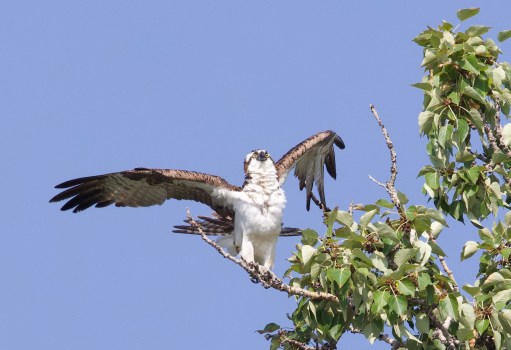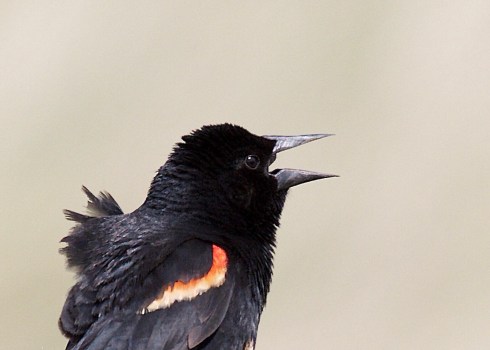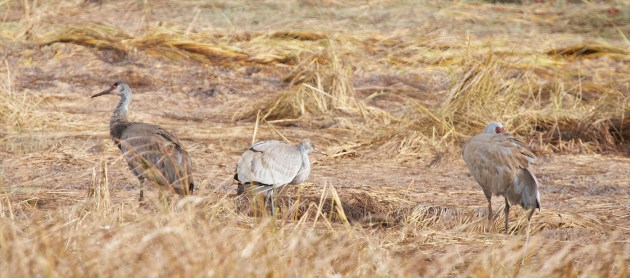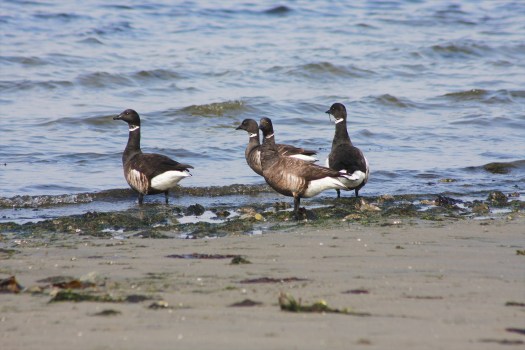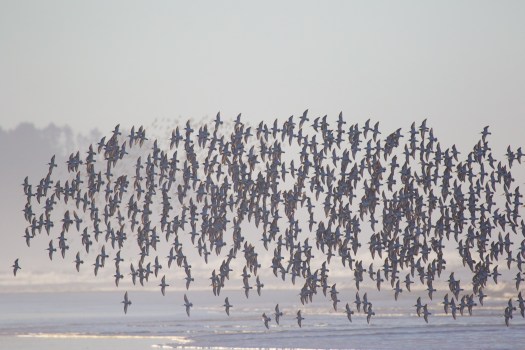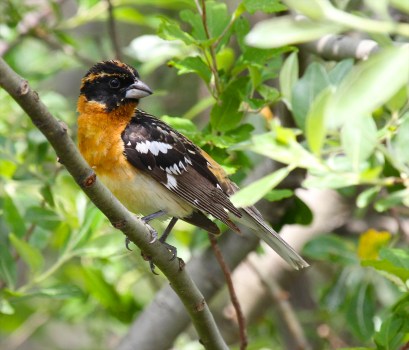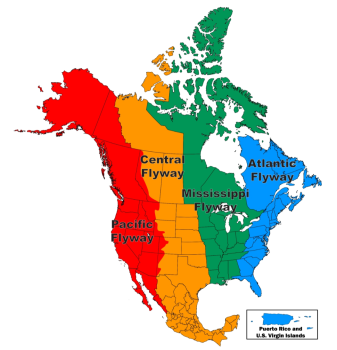Birding: Birds’ super-highways: Migration flyways
Published 10:49 am Wednesday, April 9, 2025
Migrants are on the move along one of the four super-highways in North America. Birds use these super-highways or flyways in the spring to fly from their non-breeding grounds to their breeding areas.
To quote the Cornell Ornithological Lab, “Of the more than 650 species of North American breeding birds, more than half are migratory.” The idea is to fly to an area where food is more abundant and a place where there are good nesting locations.
In the fall, as winter and cold weather begins, many species move south again to avoid the cold and to find better food resources.
Super-highways
There are four major routes or super-highways in North America, namely the Pacific flyway, Central flyway, Mississippi flyway and the Atlantic flyway.
Each flyway is quite broad and general in nature so in effect they don’t have hard and fast boundaries. It is interesting to note, too, that not all birds use these super-highways.
The Pacific flyway is the super-highway for our migrating species including western sandpipers, red-necked grebe, dunlin, and brant. The Central and Mississippi flyways are utilized by such species as the sandhill crane, lesser scaup, and prairie birds. Last but not least, the Atlantic flyway is the route travelled by species such as orioles, sparrows, and other songbirds.
Who migrates?
Permanent residents do not migrate. These species are able to find adequate food and nesting areas all year round. Steller’s jay, the black-capped and chestnut-back chickadees are among our permanent resident birds.
Migration itself can be short-distance, medium distance (a few hundred miles) and long distance. Long distance migrants such as warblers breed in the United States and Canada but fly a super-highway to winter in Central and South America. The phenomenon known as migration is know to be triggered by a number of factors, sometimes in combination and sometimes in isolation from other happenings. Weather, changes in the length of day, food supply, and what scientists call genetic predisposition are all factors that appear to work either in concert or alone.
Migration risks
Migration can be hazardous, arduous and even dangerous. Physical stress, lack of food, loss of habitat, weather and predators are the usual dangers faced by migrating birds, especially those traveling long distances which can be several thousand miles round trip!
In addition, human structures such as tall buildings and communication towers have entered the picture as hazards met by birds during migration. Examples include lights in tall buildings because they attract birds causing them to smack into the structures, thus killing millions of birds annually, according to the Cornell Ornithological Lab. Most recently giant windmills have been springing up across the United States. They have proven to be another major hazard for birds during the spring and fall migration seasons.
There has been an effort to lessen the effect of these structures. One suggestion that is being looked at is painting the windmills a different color. Whether this will work, remains to be seen.
Who is traveling the Pacific super-highway to date?
Among the birds being reported by our readers are white-throated sparrows, Bewick’s wren, purple finch, red-winged blackbird, American robin, cackling geese, black scoter and rufous hummingbirds. Spring migration is the best!
The dawn chorus is ramping up. New songsters are joining in every day. Migration is ongoing from March 1 to June 15. Spring migration should not be missed! Keep an eye on who is coming and going and in your yard or favorite birding patch.
Happy birding!
“Common Birds of the Long Beach Peninsula,” by Kalbach and Stauffer, is available from the Bay Avenue Gallery, Time Enough Books and the Pacific County Museum in South Bend.


